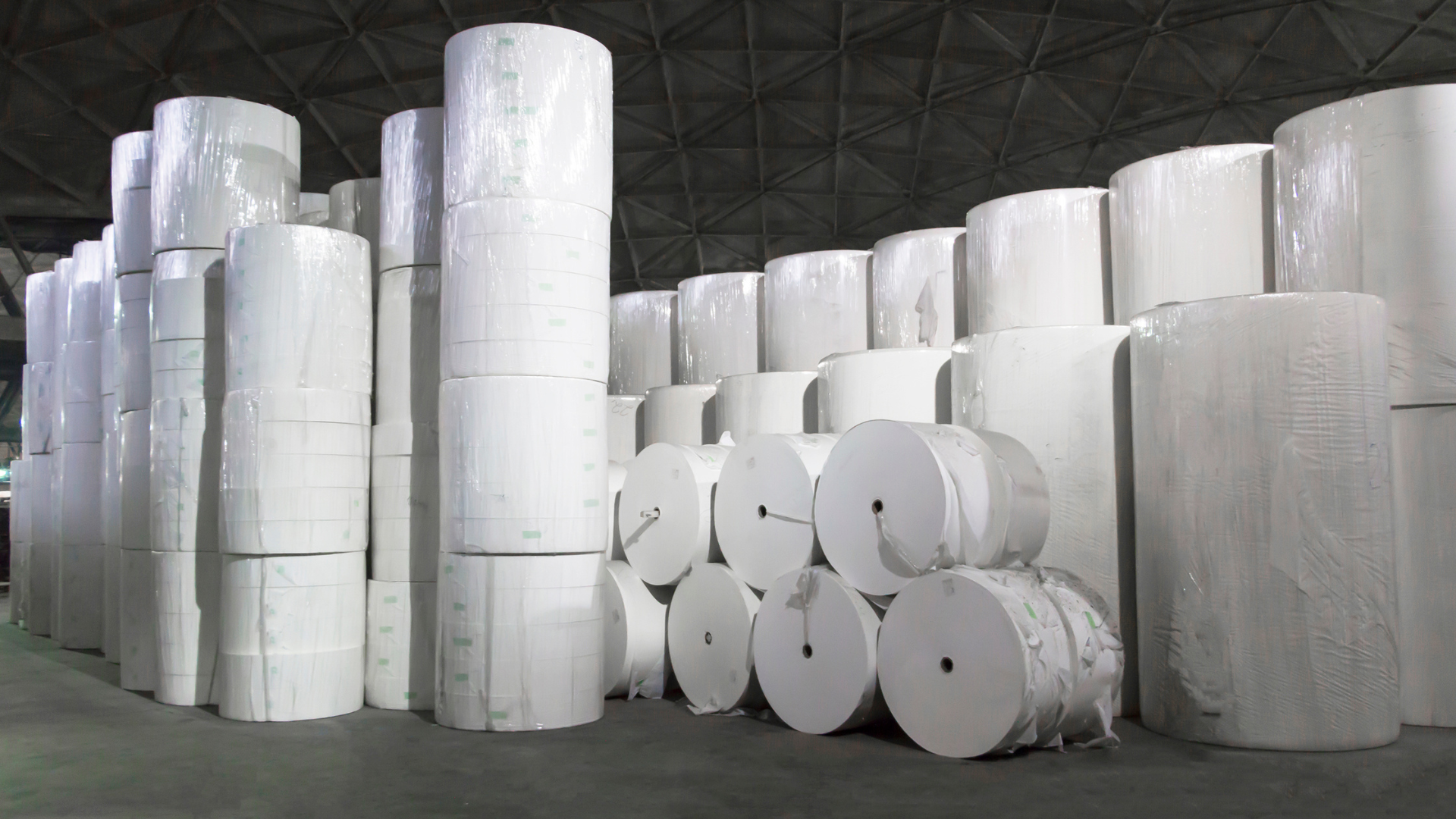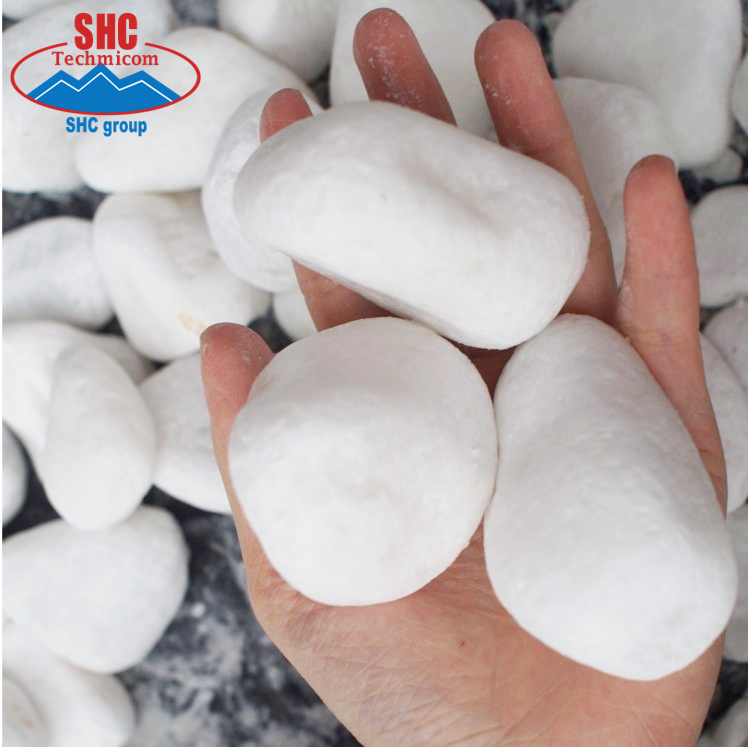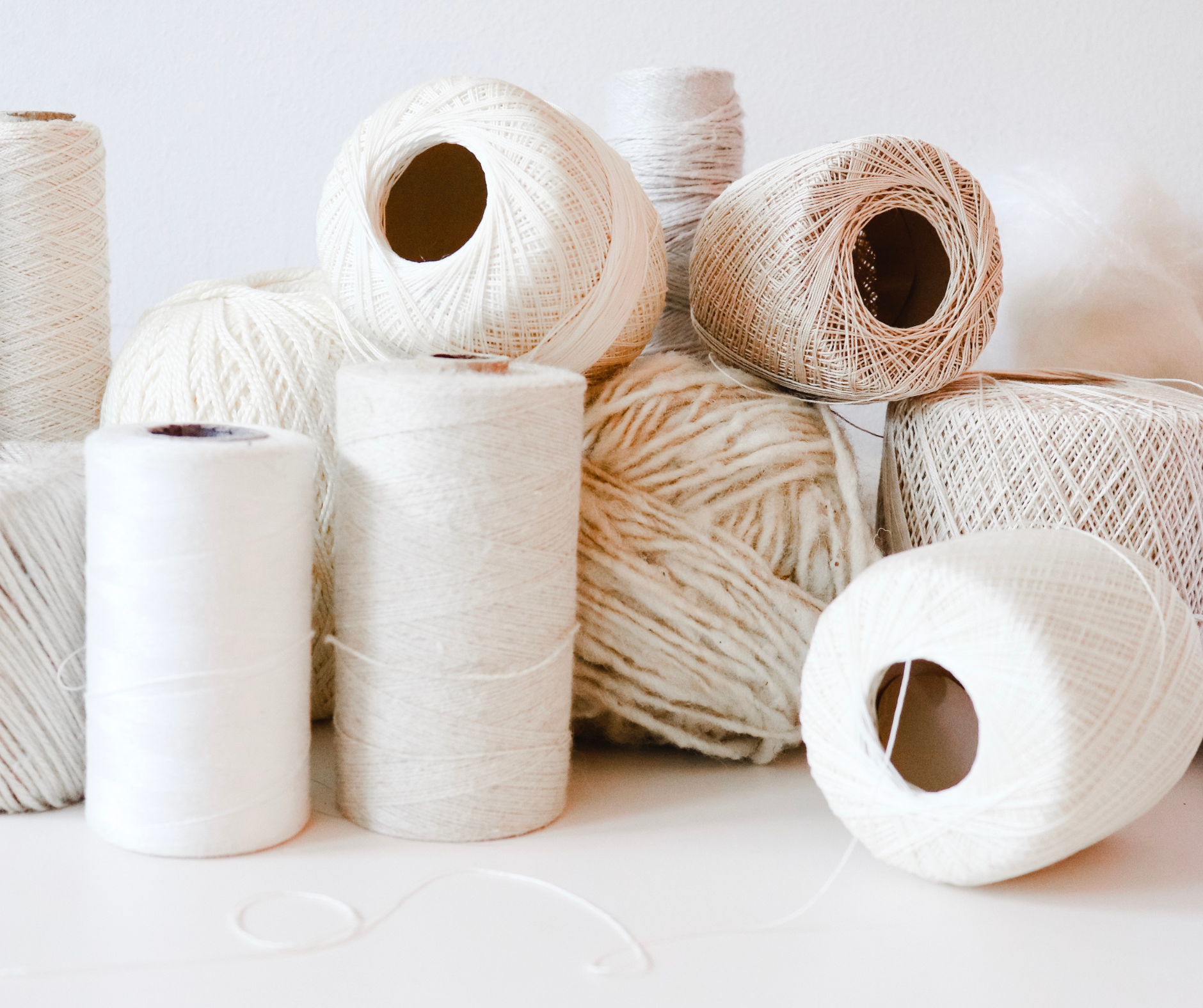Learn About Vietnam Kaolin That Used in Ceramics Production
In Vietnam, Kaolin is found in many northern and southern provinces. The quality of kaolin also varies in content and color. In general, Kaolin has poor color, does not have high whiteness like many other countries.
Kaolin is used extensively in the production of ceramics, bricks, tile and other sanitary equipment. The most common applications of Kaolin are the producing ceramics, porcelain for living and decoration.
The Kaolin production process consists of several stages. Initially, Kaolin was mined at the mine as raw material. The material is then washed with water and filtered to remove impurities and have a large size. Particles that pass through the membrane will flow into a reservoir. At this time, the kaolin water will be passed through a suitable sized filter to get the right size kaolin particles as required. Kaolin water continues to be directed to a storage tank. From this storage tank, aqueous kaolin solutions are pumped into hydraulic presses. By pressing pressure, water will be maximized, wet kaolin is obtained with 30% moisture.
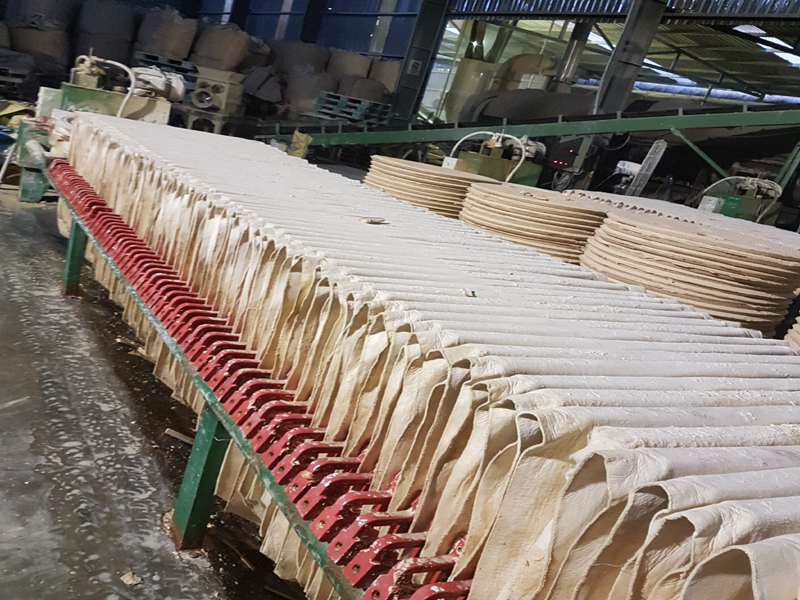
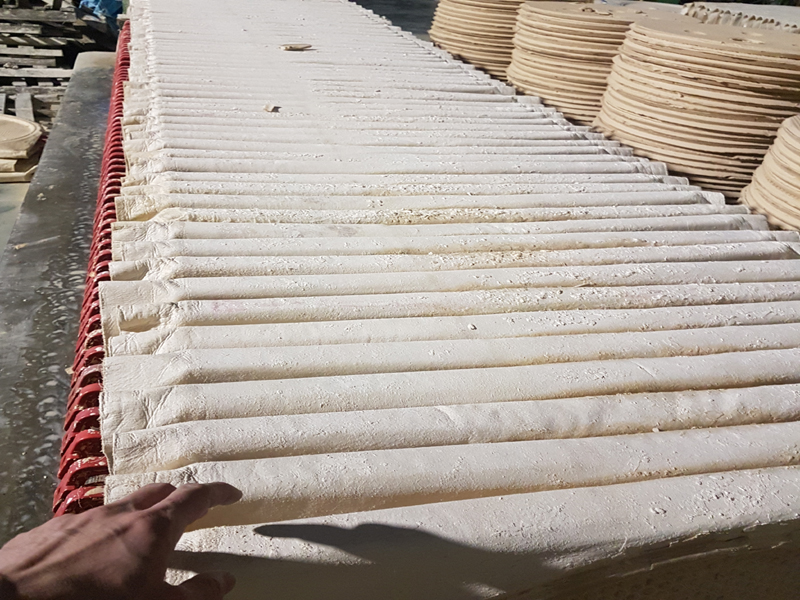
Typically, some brick, tile factories, can use this type of wet Kaolin right away. To be used for other industries, people continue to bring wet Kaolin to dry to reduce moisture. Kaolin can then be heated in a heating furnace to ensure the remaining moisture reaches 18%. If it is needed, drier kaolin may be calcined for longer time but it will cost more.
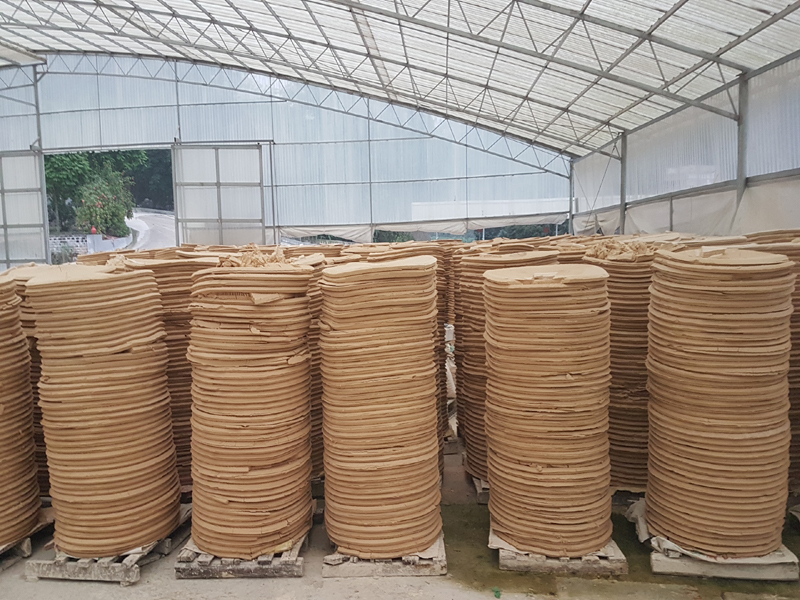
In fact, ceramic factories requiries Kaolin moistuire below 20% is acceptable. In order to use in the production of high quality ceramics, it is often required that the whiteness after calcination must be at least 90%.
Currently, there are many Kaolin factories in Vietnam and can meet the domestic demand as well as export to bring high value.

